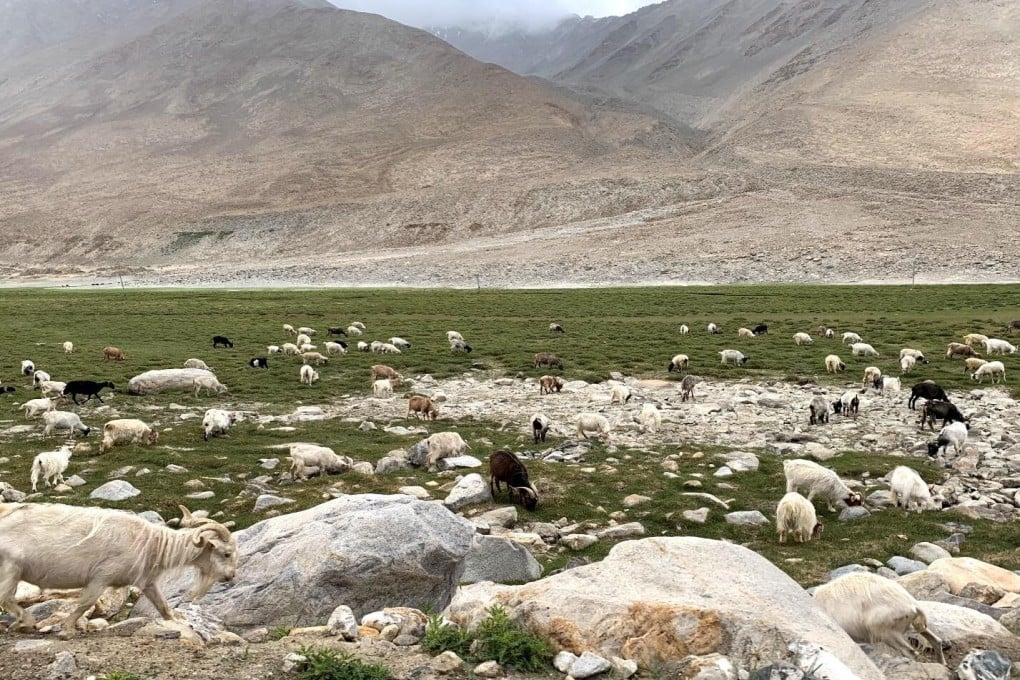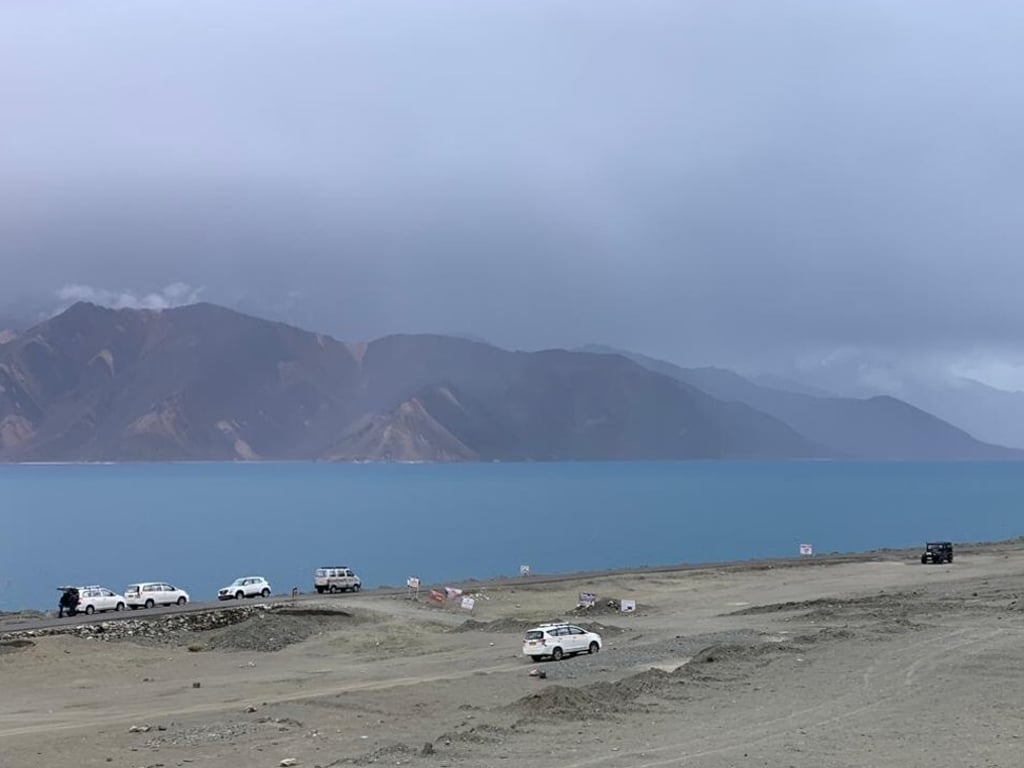Advertisement
Explainer | As China-India border stand-off drags into winter, nomadic herders become collateral damage
- Months into the deadly face-off, communities which rear yaks and goats in the area have not been able to pass to the Chinese side, threatening an ancient way of life
- Out of desperation, they have been forced to migrate towards more urban settlements and work as petty labourers
Reading Time:5 minutes
Why you can trust SCMP

Every day for the past four months, Lobsang Jinpa has been coming to the town of Leh in the Himalayan highlands of India’s Ladakh region in search of work. When he is lucky, local shopkeepers hire him to unload trucks for about US$8 a day, but otherwise he has mostly been returning to his rented two-room flat empty-handed.
Advertisement
“I am not accustomed to work as a coolie,” he said, despairingly. “Carrying these heavy cartons aches my back but I will have to do it for feeding my family.”
By November in any other year, the 46-year-old would not be in Leh but with his family herding yaks and goats at high altitudes in search of grazing pastures.

Like his forefathers, Jinpa, a member of the local community of Tibetan seminomadic herders known as Changpa, has spent his life roaming the vast Changtang plateau, which stretches from the Himalayas to Tibet at an altitude of more than 5,000 metres.
Advertisement
Every winter, when the temperature drops to minus 50 degrees Celsius, the nomadic herders on the Indian side of Pangong Lake, which is claimed by both India and China, wait for it to freeze. At the first opportunity, they pass over it to higher altitudes with their livestock in search of greener pastures.

Advertisement